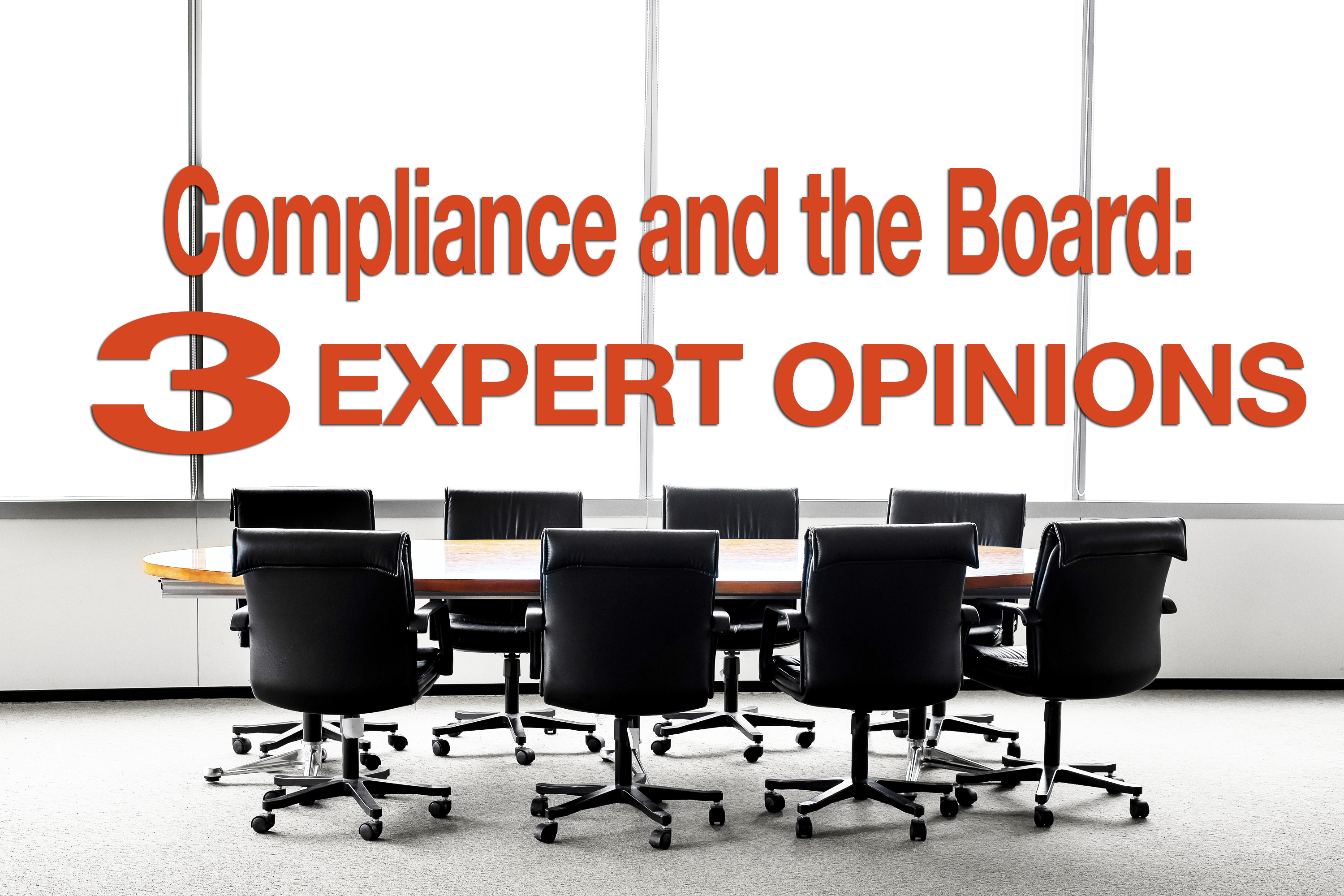This article was republished with permission from Tom Fox’s FCPA Compliance and Ethics Blog.
Today we honor a great English actor from one of the 1960s signature television series. Last week, Patrick Macnee died. He was one-half of the crime-fighting duo on The Avengers. As reported in his New York Times (NYT) obituary, Macnee “wielded a lethal umbrella and sharp repartee as the dapper secret agent John Steed.” In The Avengers, Macnee “faced off against an assortment of evildoers, armed with understated wit and a traditionalist British fashion sense that made him look less like a spy in the Bond mold than ‘a junior cabinet minister,’ as he once put it, although his tightly rolled umbrella concealed a sword and other crime-fighting gadgets, and his bowler hat, lined with a steel plate, could stop bullets and, when thrown, fell an opponent.”
His initial partner was the actress Honor Blackman, but after she left the series to play Pussy Galore in the James Bond film Goldfinger, his more famous sidekick became “Diana Rigg, stylish in a leather cat suit and every bit his equal in the wit and hand-to-hand-combat departments. In many scenes he was content to observe, an eyebrow cocked, as Emma — whom he always referred to as Mrs. Peel — unleashed her martial arts expertise on a hapless foe. He would often summon her to action with the words ‘Mrs. Peel, we’re needed.’ Steed carried no gun. Aplomb and sang-froid were his weapons.” He could communicate what he meant when he meant it.
I thought about Macnee, his role as Steed and, of course, Mrs. Peel when I considered how a company must communicate its message of compliance. A company must have more than simply a good “tone at the top;” it must move it down through the organization from senior management to middle management and into its lower ranks. This means that one of the tasks of any company, including its compliance organization, is to get middle management to respect the stated ethics and values of a company, because if they do so, this will be communicated down through the organization.
Adam Bryant, in a NYT article entitled “If Supervisors Respect The Values, So Will Everyone Else,” explored this topic when he interviewed Victoria Ransom, the Chief Executive of Wildfire, a company that provides social media marketing software. Ransom spoke about the role of senior management in communicating ethical values when she said, “Another lesson I’ve learned as the company grows is that you’re only as good as the leaders you have underneath you. And that was sometimes a painful lesson. You might think that because you’re projecting our values, then the rest of the company is experiencing the values.” These senior managers communicate what the company’s ethics and values are to middle management. So while tone at the top is certainly important in setting a standard, she came to appreciate that it must move downward through the entire organization. Bryant wrote that Ransom came to realize “that the direct supervisors become the most important influence on people in the company. Therefore, a big part of leading becomes your ability to pick and guide the right people.”
Ransom said that when the company was young and small, they tried to codify their company values but did not get far in the process “because it felt forced.” As the company grew, she realized that their values needed to be formalized and stated for a couple of reasons. The first was because they wanted to make it clear what was expected of everyone and “particularly because you want the new people who are also hiring to really know the values.” Another important reason was that they had to terminate “a few people because they didn’t live up to the values. If we’re going to be doing that, it’s really important to be clear about what the values are. I think that some of the biggest ways we showed that we lived up to our values were when we made tough decisions about people, especially when it was a high performer who somehow really violated our values, and we took action.” These actions to terminate had a very large effect on the workforce. Ransom said, “it made employees feel like, ‘Yeah, this company actually puts its money where its mouth is.'”
Ransom sought to ensure that everyone knew what senior management considered when determining whether employees were “living up to the company culture.” The process started when she and her co-founder spent a weekend writing down what they believed the company’s values were. Then they sat down with the employees in small groups to elicit feedback. Her approach was to look for what they wanted in their employees. They came up with six.
- Passion: Do you really have a thirst and appetite for your work?
- Humility and Integrity: Treat your co-workers with respect and dignity.
- Courage: Speak up – if you have a great idea, tell us, and if you disagree with people in the room, speak up.
- Curiosity: They wanted folks who would constantly question and learn, not only about the company but about the industry.
- Impact: Are you having an impact at the company?
- Be Outward-Looking: Do good and do right by each other.
Ransom had an equally valuable insight when she talked about senior management and ethical values. She believes that “the best way to undermine a company’s values is to put people in leadership positions who are not adhering to the values. Then it completely starts to fall flat until you take action and move those people out, and then everyone gets faith in the values again. It can be restored so quickly. You just see that people are happier.”
What should the tone in the middle be? Put another way, what should middle management’s role be in the company’s compliance program? This role is critical because the majority of company employees work most directly with middle, rather than top management and, consequently, they will take their cues from how middle management will respond to a situation. Moreover, middle management must listen to the concerns of employees. Even if middle management cannot affect a direct change, it is important that employees have an outlet to express their concerns. Therefore, your organization should train middle managers to enhance their listening skills in the overall context of providing training for what she termed their “Manager’s Toolkit.” This can be particularly true if there is a compliance violation or other incident that requires some form of employee discipline. Ransom believes that most employees think it important that there be “organizational justice” so that people believe they will be treated fairly. Ransom further explained that without organizational justice, employees typically do not understand outcomes; but, if there is perceived procedural fairness, an employee is more likely to accept a decision that they may not like or may disagree with.
So think about your lines of communication and your communication skills when conveying your message of compliance down from the top into the middle of your organization. You might even want to channel your inner John Steed, from The Avengers, in doing so.
This publication contains general information only and is based on the experiences and research of the author. The author is not, by means of this publication, rendering business advice, legal advice or other professional advice or services. This publication is not a substitute for such legal advice or services, nor should it be used as a basis for any decision or action that may affect your business. Before making any decision or taking any action that may affect your business, you should consult a qualified legal advisor. The author, his affiliates and related entities shall not be responsible for any loss sustained by any person or entity that relies on this publication. The author gives his permission to link, post, distribute or reference this article for any lawful purpose, provided attribution is made to the author. The author can be reached at tfox@tfoxlaw.com.



 Thomas Fox has practiced law in Houston for 25 years. He is now assisting companies with FCPA compliance, risk management and international transactions.
He was most recently the General Counsel at Drilling Controls, Inc., a worldwide oilfield manufacturing and service company. He was previously Division Counsel with Halliburton Energy Services, Inc. where he supported Halliburton’s software division and its downhole division, which included the logging, directional drilling and drill bit business units.
Tom attended undergraduate school at the University of Texas, graduate school at Michigan State University and law school at the University of Michigan.
Tom writes and speaks nationally and internationally on a wide variety of topics, ranging from FCPA compliance, indemnities and other forms of risk management for a worldwide energy practice, tax issues faced by multi-national US companies, insurance coverage issues and protection of trade secrets.
Thomas Fox can be contacted via email at tfox@tfoxlaw.com or through his website
Thomas Fox has practiced law in Houston for 25 years. He is now assisting companies with FCPA compliance, risk management and international transactions.
He was most recently the General Counsel at Drilling Controls, Inc., a worldwide oilfield manufacturing and service company. He was previously Division Counsel with Halliburton Energy Services, Inc. where he supported Halliburton’s software division and its downhole division, which included the logging, directional drilling and drill bit business units.
Tom attended undergraduate school at the University of Texas, graduate school at Michigan State University and law school at the University of Michigan.
Tom writes and speaks nationally and internationally on a wide variety of topics, ranging from FCPA compliance, indemnities and other forms of risk management for a worldwide energy practice, tax issues faced by multi-national US companies, insurance coverage issues and protection of trade secrets.
Thomas Fox can be contacted via email at tfox@tfoxlaw.com or through his website 






